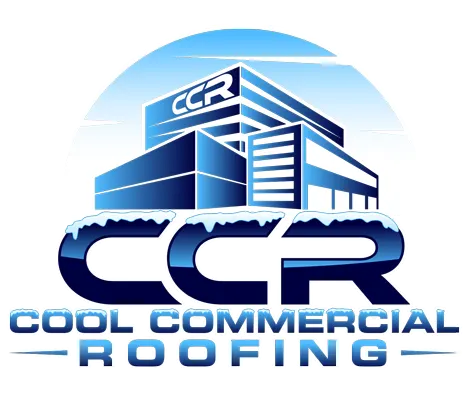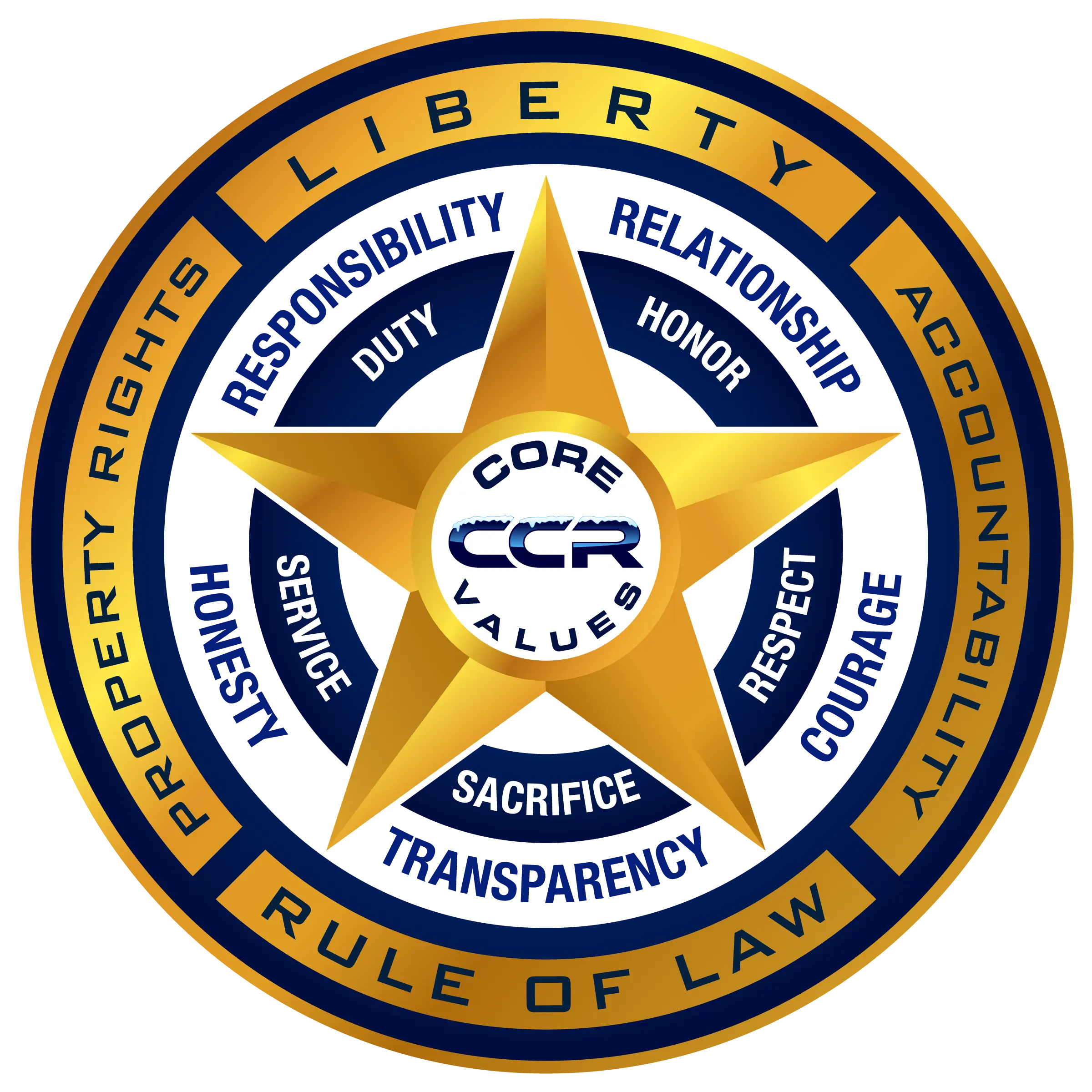Commerical Roof Evaluation Checklist
Your commercial roofing system is a crucial investment for your business, shielding your property from weather elements and upholding the integrity of your building. To uphold the longevity of this vital asset, employing a comprehensive checklist becomes indispensable in building maintenance and management.
This checklist serves as a standardized method to evaluate the condition of your commercial roof, pinpoint potential concerns, and safeguard its structural stability for the long haul.
KEY TAKEAWAYS
- Standardized evaluations play a pivotal role in safeguarding the structural robustness and endurance of commercial roofing systems. By implementing standardized protocols, businesses ensure consistent and comprehensive assessments of their roofs, which are essential for their long-term performance.
- Within the framework of these evaluations, various elements are meticulously examined to gauge the overall health of the roofing system. This encompasses a thorough inspection of the general condition of the roof, a detailed scrutiny of surface materials, and a comprehensive evaluation of any penetrations present. These penetrations may include vents, chimneys, HVAC units, and other fixtures that breach the roof surface.
- Moreover, the checklist extends its focus to specific areas that are prone to vulnerabilities or wear and tear. These areas often include seams, joints, edges, flashings, rooftop equipment, and drainage systems. By prioritizing these key components, businesses can effectively identify potential issues before they escalate into larger problems, thereby mitigating risks and minimizing the need for extensive repairs or replacements.
- Beyond merely identifying areas of concern, standardized evaluations also serve as a cornerstone for informed decision-making regarding maintenance strategies and repair interventions. By regularly assessing the condition of their commercial roofs, businesses can proactively address any issues and implement appropriate maintenance measures, thus optimizing the performance and lifespan of their roofing systems.
- In essence, the diligent execution of standardized evaluations not only ensures the continued structural integrity of commercial roofs but also fosters a proactive approach to maintenance, ultimately enhancing the resilience and longevity of these essential assets.
WHY YOU NEED A COMMERCIAL ROOF EVALUATION CHECKLIST
A commercial roof evaluation checklist is a crucial tool for maintaining and managing your commercial building. Its main purpose is to ensure your roof’s strength and longevity by standardizing inspection procedures and offering a systematic way to spot and address any issues. This checklist serves as a guide to make sure every aspect of your roof’s condition is thoroughly examined. By following these standardized procedures, we can identify potential problems early on and take proactive steps to keep your roof in top shape. Ultimately, it helps protect your investment and ensures the continued performance of your commercial property.
How the checklist protects you:
- Comprehensive Review of Critical Areas
Roof evaluations can be intricate, with various components and potential trouble spots. To systematically evaluate all critical areas, from the roof surface to drainage systems, a checklist serves as a reliable guide.
- Systematic Procedures
Establishing a commercial roof evaluation checklist is crucial for maintaining a uniform and consistent approach to inspecting roofs. This consistency is paramount as it guarantees thorough examination of every aspect of the roof, minimizing the risk of oversight.
- Offering a documented account of the assessment discoveries
A fundamental purpose of the checklist is to document the findings of the evaluation. This record is indispensable for monitoring the roof’s condition over time, identifying wear and tear patterns, and evaluating the effectiveness of maintenance and repairs.
- Keeping You Informed Every Step of the Way
Additionally, the checklist plays a vital role in enhancing communication between inspectors and building owners. It offers a structured method to communicate inspection results, including any identified issues or recommended maintenance or repairs.
Key components of a commercial roof assessment checklist
- General Roof Condition Assessment: The primary focus of a commercial roof evaluation checklist is to evaluate the overall condition of the roof. This involves conducting a thorough inspection of the entire roofing system to assess its health. Inspectors search for signs of wear, damage, or aging that may indicate the need for repairs or maintenance. Common issues to look for include cracks, blisters, and visible signs of deterioration in the roofing materials.
- Roof Surface Materials Evaluation: Examining the condition of the roofing materials themselves is crucial during a roof inspection. Roof surface materials vary widely, from single-ply membranes to metal panels and built-up roofing systems. Inspectors carefully inspect these materials for defects such as cracks, blisters, punctures, or loose seams. Any issues with the surface materials can compromise the roof’s ability to protect the building from the elements and should be addressed promptly.
- Roof Penetrations Inspection: Roof penetrations, including flashings, vents, and skylights, are potential weak points in a commercial roof. These components must be thoroughly inspected to ensure they are properly sealed and not causing leaks. Flashings should be securely attached and sealed around roof penetrations, preventing water intrusion. Vents and skylights should be checked for any signs of damage or deterioration that may compromise their integrity.
- Assessment of Drainage Systems: Effective drainage is essential to prevent water accumulation on the roof, which can lead to leaks and structural damage. Inspectors assess the functionality of gutters, downspouts, roof drains, and wall scuppers to ensure they are clear of debris and properly channeling water away from the roof. Any clogs or blockages in these drainage systems must be cleared to maintain effective water management.
- Identification of Potential Hazards: Safety is a top priority during a commercial roof inspection. Inspectors must identify and address any potential hazards that could compromise both the safety of those working on the roof and the integrity of the roof itself. These hazards can include trip hazards like loose gravel or equipment left on the roof, accumulated debris that can clog drains and cause ponding water, or standing water that may indicate drainage issues or sagging areas of the roof.
Top of Form
Bottom of Form
EVALUATION REGIONS OF ATTENTION
- Examination of Roof Seams and Joints: These vulnerable areas prone to leaks undergo a thorough inspection for signs of wear, separation, or deterioration.
- Assessment of Roof Edges and Flashings: Given their crucial role in preventing water infiltration, roof edges and flashings receive particular scrutiny.
- Evaluation of Rooftop Equipment and Penetrations: Inspectors ensure the proper sealing and condition of equipment and penetrations to prevent damage to the roof membrane.
- Inspection of Drainage Systems and Gutters: Inspectors thoroughly examine gutters and downspouts for blockages or other issues that might cause water pooling on the roof.
- Identification of Leaks, Stains, or Damage: Any indication of leaks, water stains, or visible damage on the roof surface is promptly documented and further investigated.
Best Practices for performing a comprehensive roof assessment:
- Safety Comes First:Prioritize the safety of inspectors by ensuring they have the necessary safety gear, such as harnesses and helmets, and enforce adherence to safety protocols to prevent accidents during the evaluation.
- Thorough Evaluation of Roof Associated Materials: Encourage inspectors to meticulously assess every element of the roof, from minor cracks to subtle signs of damage, to provide a comprehensive evaluation.
- Recording and Noting Inspection Results and Recommendations:Emphasize the importance of accurately documenting inspection results with photographs and detailed notes to create a comprehensive record of the roof’s condition.
- Engagement with Facility Ownership:Facilitate effective communication by promptly sharing inspection findings and recommendations with building owners or property managers, enabling informed decision-making regarding necessary maintenance and repairs.
CONCLUSION
In essence, the commercial roof evaluation checklist stands as the cornerstone of our asset preservation strategy for commercial buildings. By establishing standardized evaluation procedures, ensuring thorough examination of critical areas, and enabling seamless communication between inspectors and building owners, it assumes a pivotal role in upholding the structural integrity and longevity of commercial roofing systems.
This comprehensive evaluation tool empowers property managers and inspectors with the necessary resources to make well-informed decisions regarding roof maintenance and repairs. By adhering to industry-leading practices and safety protocols, businesses can effectively prolong the lifespan of their roofing systems, safeguarding their invaluable investments.


